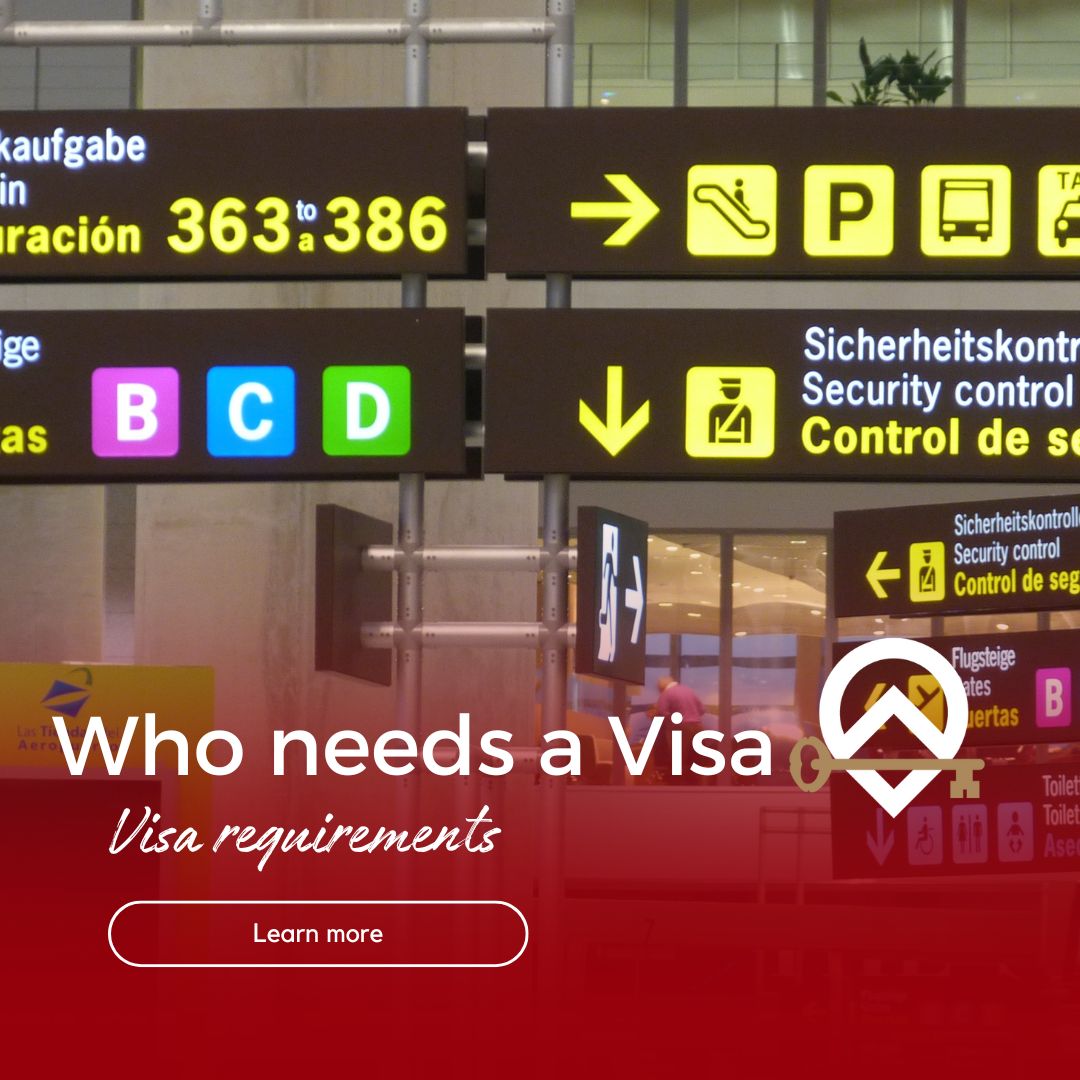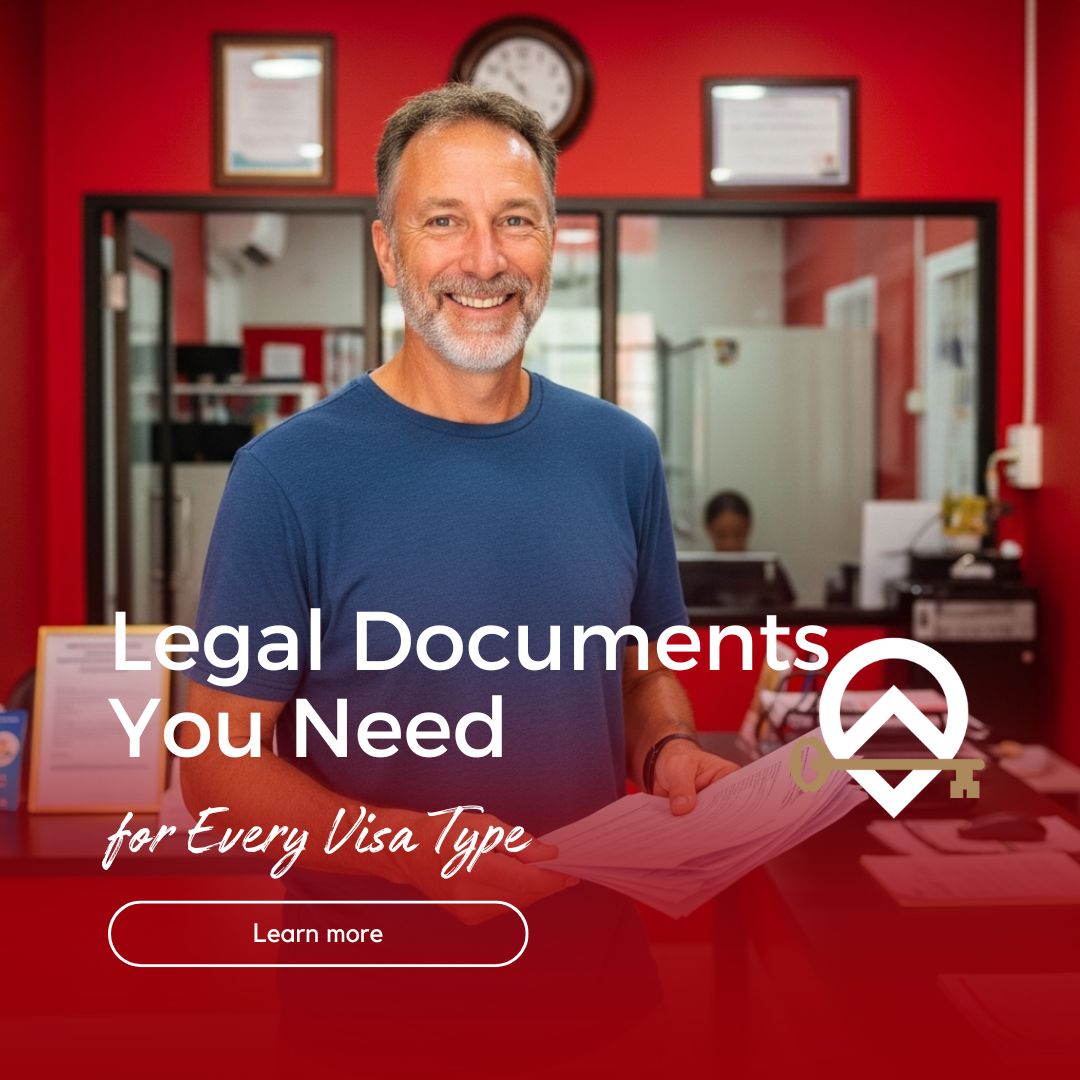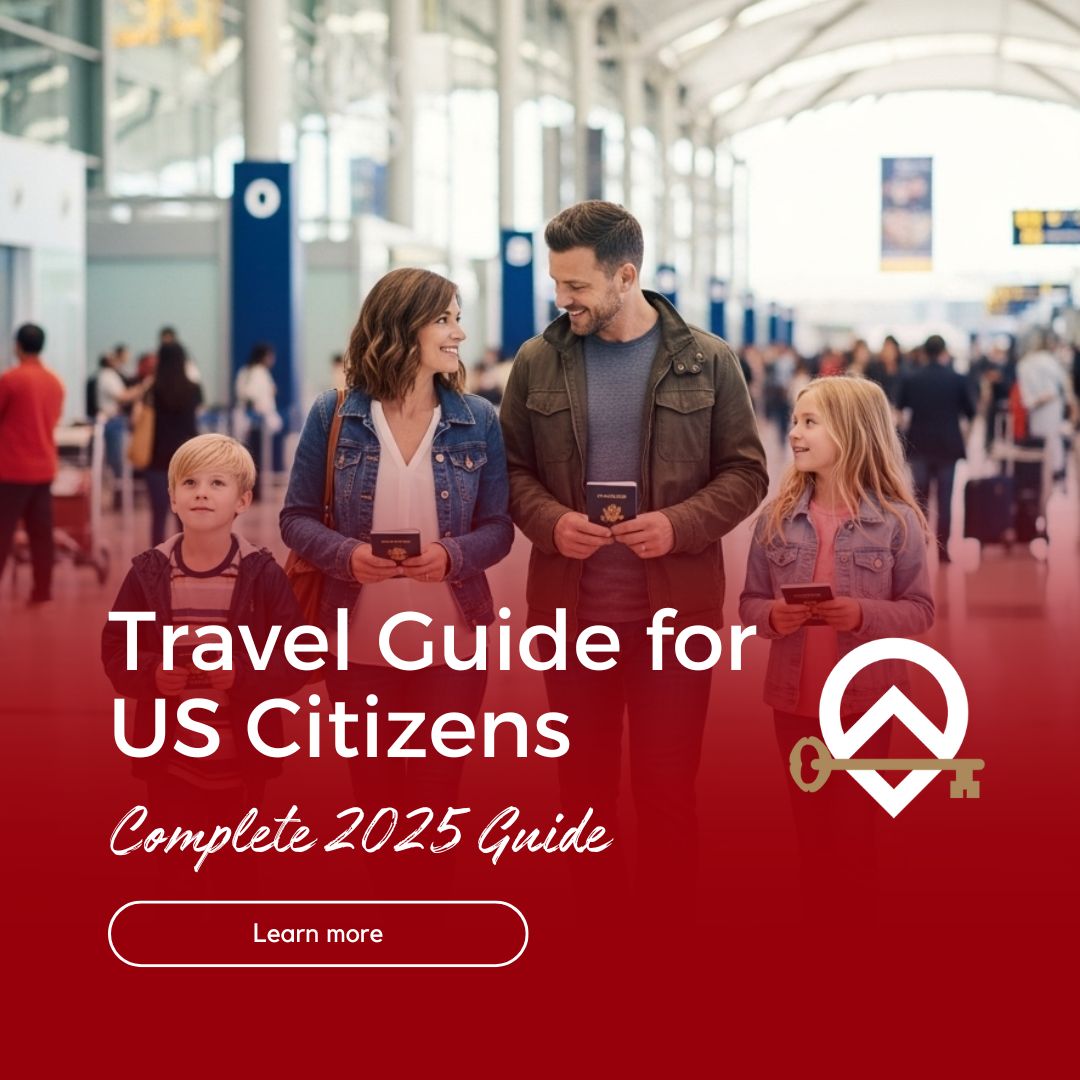Planning a trip to Thailand? Understanding visa requirements is crucial for a smooth journey to the Land of Smiles. With recent changes to Thailand's visa policies and varying requirements based on your nationality, it's important to know exactly what you need before you pack your bags.
Whether you're eligible for visa-free entry, need to apply for a visa in advance, or can get one on arrival, this guide will help you navigate Thailand's visa requirements with confidence. Thailand has made significant updates to its visa policies in recent years, affecting millions of travelers worldwide. Let's break down everything you need to know about who needs a visa to visit Thailand.
Table of Contents
- Countries That Don't Need a Visa
- Countries That Need a Visa
- Visa on Arrival Options
- Recent Changes to Thailand's Visa Policy
- Special Requirements and Exceptions
- How to Apply for a Thai Visa
Countries That Don't Need a Visa
Thailand offers visa-free entry to citizens from numerous countries, making it one of the most accessible destinations in Southeast Asia. The current visa exemption program allows travelers from eligible countries to enter Thailand without obtaining a visa in advance.
Major Countries with Visa-Free Access:
Citizens from the United States, Canada, United Kingdom, Australia, New Zealand, and most European Union countries can enter Thailand without a visa. Starting July 15, 2024, U.S. citizens are entitled to receive a 60-day visa upon entry to the Kingdom of Thailand for the purpose of tourism, business, though this may be subject to change.
Other countries enjoying visa-free access include Japan, South Korea, Singapore, Malaysia, and many other developed nations. Some nationalities are entitled to longer stays than others. If not otherwise indicated, the stay period is 60 days, with notable exceptions like Argentina and Brazil, which receive 90-day stays.
Duration of Stay:
The length of visa-free stay has seen recent changes. While many countries were granted 60-day visa-free stays in 2024, the Thai government has decided to shorten the visa-free stay period from 60 days to 30 days for many nationalities. This change reflects Thailand's efforts to balance tourism promotion with immigration control.
ASEAN Countries:
Thailand has special agreements with fellow ASEAN member countries. For ASEAN nationals, Thailand has bilateral visa exemption agreements with Laos and Vietnam for stays of 30 days, as well as Cambodia and Myanmar for stays of 14 days.
Important Note:
Visa-free entry is typically granted for tourism and short business visits only. If you plan to work, study, or stay longer than the permitted period, you'll need to apply for an appropriate visa regardless of your nationality.
Countries That Need a Visa
While Thailand offers generous visa-free access to many countries, citizens from certain nations must obtain a visa before traveling. This requirement affects travelers from various regions, particularly parts of Africa, the Middle East, and some Asian countries.
Common Countries Requiring Visas:
Citizens from countries such as China (mainland), India, Pakistan, Bangladesh, Nigeria, and many African nations typically need to apply for a visa before arrival. However, visa policies can change, and some countries have been added to or removed from the visa-free list over time.
It's worth noting that Indian nationals are now eligible for visa-free entry into Thailand, and can stay for up to 60 days without the need for a visa, representing a significant change from previous policies. This demonstrates how Thailand continues to adjust its visa requirements to boost tourism from key markets.
Types of Visas Available:
For countries requiring visas, Thailand offers several options including tourist visas (single or multiple entry), business visas, transit visas, and various long-term visa categories. Tourist visas are the most common for leisure travelers and typically allow stays of 60 days with the possibility of extension.
Application Process:
Travelers from visa-required countries must apply at Thai embassies or consulates in their home country or country of residence. The application process typically requires a completed application form, passport photos, proof of accommodation, return flight tickets, and financial documentation.
Processing Time:
Visa processing times vary by country and embassy, but generally range from 3-10 working days. During peak travel seasons, processing may take longer, so it's advisable to apply well in advance of your intended travel date.
Visa on Arrival Options
Thailand's Visa on Arrival (VOA) program provides a convenient option for travelers from specific countries who cannot obtain visa-free entry but don't want to apply for a visa in advance. This program strikes a balance between accessibility and immigration control.
Eligible Countries:
The VOA program is available to citizens from select countries, primarily in Eastern Europe, the Middle East, and parts of Asia. Countries like Russia, Kazakhstan, Saudi Arabia, and several others are eligible for this program. The list of eligible countries can change, so it's important to verify your country's status before traveling.
How It Works:
Travelers eligible for VOA can apply directly at designated Thai airports and border crossings upon arrival. The process involves completing an application form, providing required documents, and paying the visa fee. The visa is typically processed within 30 minutes to an hour, depending on queues and immigration officer availability.
Requirements and Fees:
VOA applicants must present a valid passport with at least six months remaining validity, a completed application form, passport-sized photos, proof of accommodation, and evidence of sufficient funds (typically 10,000 THB per person or 20,000 THB per family). The fee is usually around 2,000 THB and must be paid in cash.
Stay Duration:
Visa on Arrival typically allows a stay of 15-30 days, depending on the specific agreement with each country. Extensions may be possible through Thai immigration offices, subject to approval and additional fees.
Limitations:
VOA is primarily intended for tourism and short business visits. It cannot be used for employment, education, or other activities requiring specific visa types. Additionally, frequent use of VOA may raise questions from immigration officers about the purpose of repeated visits.
Recent Changes to Thailand's Visa Policy
Thailand's visa policies have undergone significant changes in recent years, reflecting the country's efforts to balance tourism promotion with security and immigration control. Understanding these changes is crucial for planning your trip.
The 60-Day Extension (2024):
In 2024, Thailand temporarily extended visa-free stays for many countries from 30 to 60 days. As of July 15, 2024, the new regulations surrounding the Thailand Visa on Arrival program and the Thailand visa exemption scheme announced earlier in the year provided longer stays for tourists, boosting the tourism industry.
Return to 30 Days (2025):
However, this extension proved temporary. The government is once again changing the stay period, with the visa-free stay period being reduced from 60 days to 30 days. Officials believe this change will help prevent illegal business activities while still allowing legitimate tourism.
Electronic Travel Authorization (ETA):
Thailand is preparing to implement an Electronic Travel Authorization system for visa-exempt travelers. All visa-exempt foreign nationals entering by land, air or sea will be required to obtain an ETA before entering Thailand, except nationals of Laos, Cambodia, and Malaysia, who will be waived from the ETA.
Digital Arrival Card:
Thailand has also introduced the Thailand Digital Arrival Card (TDAC), which replaces the traditional paper arrival card. This digital system streamlines the arrival process and is required for all travelers entering Thailand.
Impact on Travelers:
These changes reflect Thailand's modernization of its immigration system while maintaining its position as a tourist-friendly destination. Travelers should stay updated on the latest requirements, as policies can change with relatively short notice.
Special Requirements and Exceptions
Beyond the standard visa categories, Thailand has several special requirements and exceptions that travelers should be aware of. These nuances can significantly impact your travel plans if not properly understood.
Passport Validity Requirements:
Regardless of your visa status, your passport must be valid for at least six months from your date of entry into Thailand. Additionally, your passport should have at least two blank pages for entry and exit stamps. Immigration officers strictly enforce these requirements.
Proof of Onward Travel:
All travelers, including those from visa-free countries, may be required to show proof of onward travel. This can be a return ticket to your home country or a ticket to your next destination. Some airlines may not allow boarding without this proof.
Financial Requirements:
Immigration officers may request proof of sufficient funds for your stay. The typical requirement is 10,000 THB per person or 20,000 THB per family. This can be in cash, travelers' checks, or bank statements. While not always checked, having this documentation is important.
Diplomatic and Official Passports:
Holders of diplomatic and official passports may have different visa requirements or be exempt from certain restrictions. These travelers should check with Thai diplomatic missions for specific requirements applicable to their passport type.
Dual Citizenship Considerations:
If you hold multiple citizenships, you must choose which passport to use for entry into Thailand. Each passport may have different visa requirements, so choose the one that provides the most favorable conditions for your travel plans.
Transit Passengers:
Passengers transiting through Thailand without leaving the international area of the airport typically don't need a visa. However, if you want to leave the airport during your layover, you'll need to meet the visa requirements for your nationality.
How to Apply for a Thai Visa
For travelers who need a visa to enter Thailand, understanding the application process is essential for a successful trip. Thailand has modernized its visa application system, offering both traditional and electronic options.
Where to Apply:
Thai visas can be obtained from Thai embassies and consulates worldwide. The official website by ministry of foreign affairs of kingdom thailand provides electronic visa application services for many countries. You must typically apply in your country of residence or nationality.
Required Documents:
Standard documents include a completed application form, passport valid for at least six months, passport photos, proof of accommodation in Thailand, return flight tickets, and bank statements or proof of funds. Business travelers may need additional documents like invitation letters or company registration.
Electronic Visa System:
Thailand's e-Visa system has streamlined the application process for many countries. This online system allows you to submit your application, upload documents, and track your application status electronically. Payment is typically made online using credit or debit cards.
Processing Times and Fees:
Standard processing time is usually 3-5 working days, though this can vary by embassy and season. Express services may be available for an additional fee. Tourist visa fees typically range from $30-60 USD equivalent, depending on the type of visa and your nationality.
Tips for Success:
Ensure all documents are complete and accurate before submission. Incomplete applications often result in delays or rejection. If applying during peak travel seasons, submit your application well in advance. Keep copies of all submitted documents for your records.
Alternative Options:
If you're unable to apply in your home country, some Thai embassies in neighboring countries may accept applications from tourists. However, this should be verified in advance, as policies vary by location.





